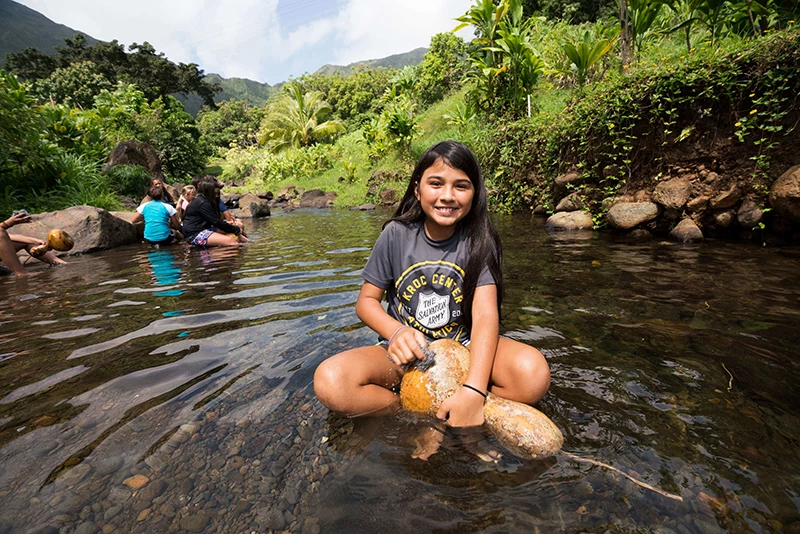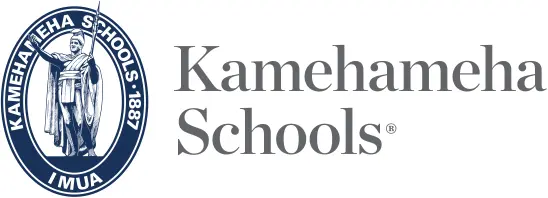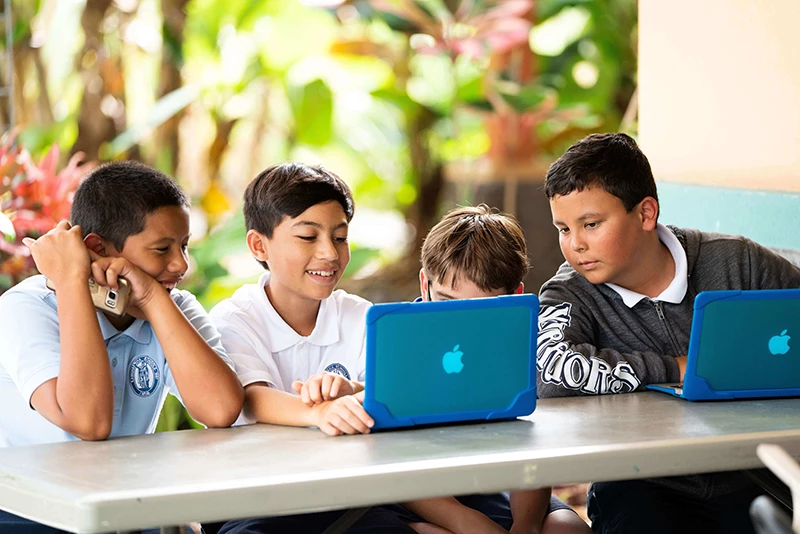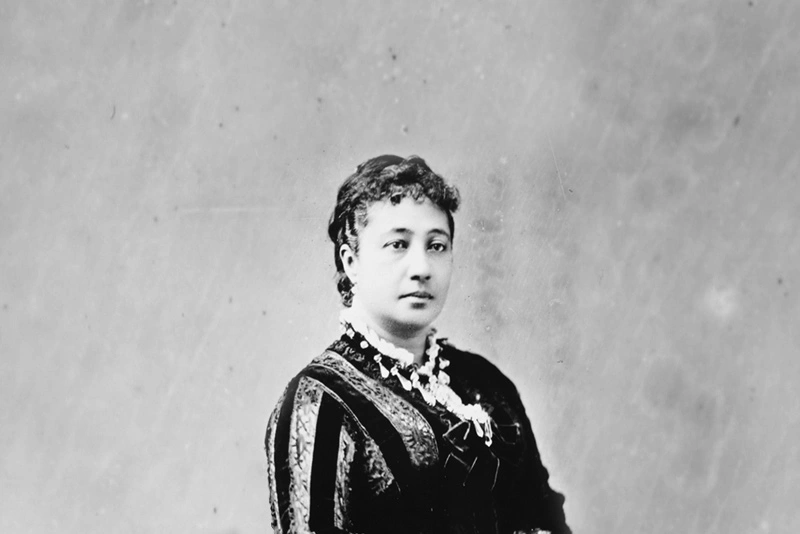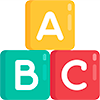1 National Scientific Council on the Developing Child. “The Science of Early Childhood Development.” (2007): 4-8.
2 Vivian C. Wong, Thomas D. Cook, W. Steven Barnett, and Kwanghee Jung. “An effectiveness-based evaluation of five state pre-kindergarten programs.” Journal of Policy Analysis and Management 27, No. 1 (2008): 122-154.
3 Coalition for Evidence-Based Policy. “Abecedarian Project.” http://evidencebasedprograms.org.
4 Broadband Now. (2021, February 2). The State of Broadband in Hawaii. https://broadbandnow.com/Hawaii.
5 United States Census Bureau. (2019, December 19). American Community Survey 2014-2018 5-Year Estimates Now Available. https://www.census.gov/newsroom/press-releases/2019/acs-5-year.html.
6 Hawaii Department of Education. (2020a, June). Teacher and Student Distance-Learning Survey. https://www.hawaiipublicschools.org/DOE%20Forms/Preliminary%20Summary%20of%20Findings%20for%20Teacher%20and%20Student%20Distance%20Learning%20Survey.pdf.
7 The National Center for Higher Education Management Systems. “College-Going Rates of High School Graduates - Directly from High School.” http://www.higheredinfo.org/dbrowser/index.php?measure=32.
8 The National Center for Higher Education Management Systems. “Graduation Rates.” http://www.higheredinfo.org/dbrowser/index.php?submeasure=27&year=2015&level=&mode=definitions&state=0.
9 U.S. Census Bureau. "2013-2017 American Community Survey 5-Year Estimates.” http://www.factfinder.census.gov.


